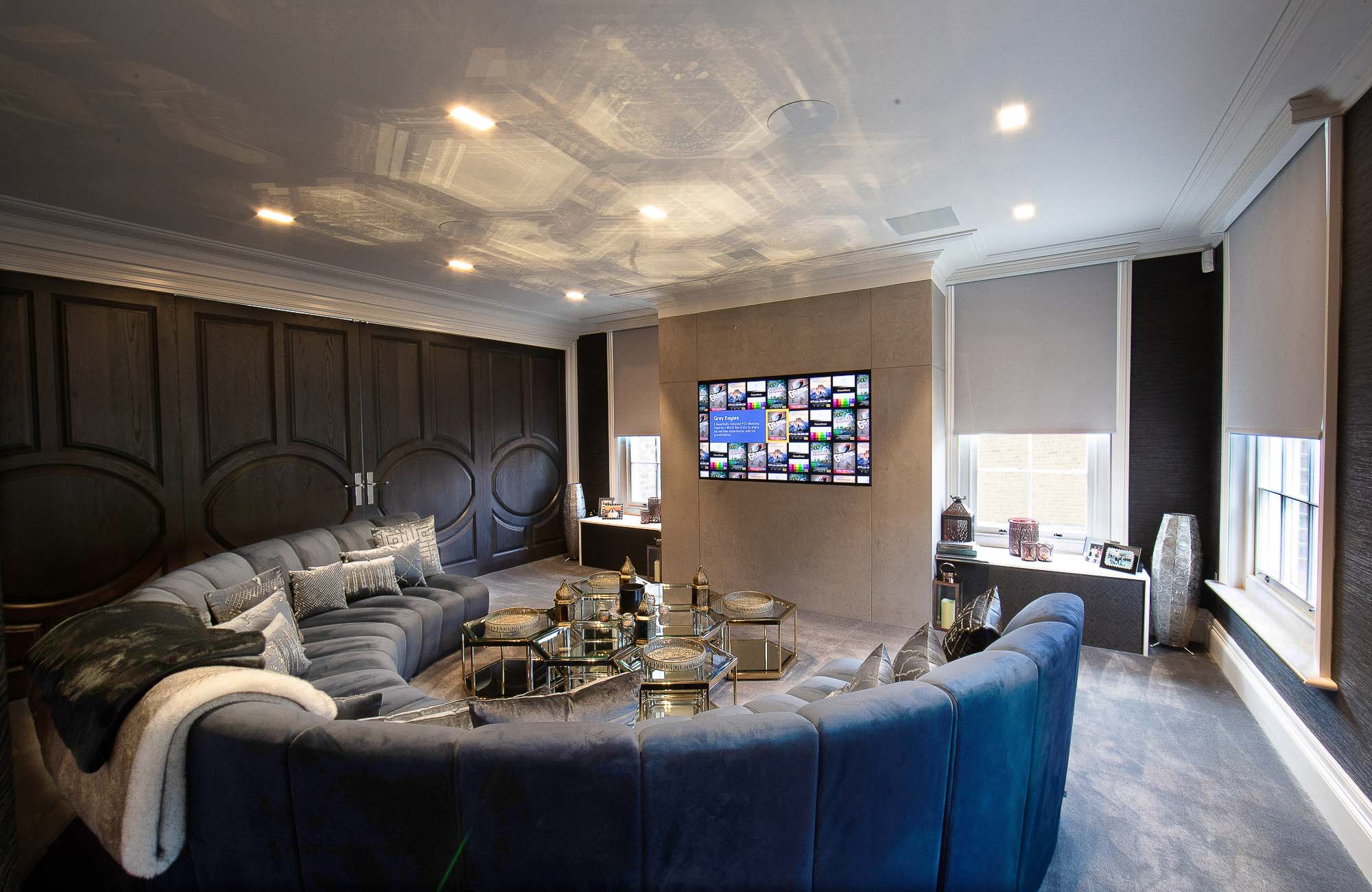What Are Bass Room Modes? Why Are They Bad? And How Do We Get Rid of Them?
Creating high-performance listening experiences in home cinemas, living spaces, restaurants, nightclubs, bars, and hotels comes with many challenges. One major hurdle is a phenomenon known as bass room modes. These occur wherever sound is generated in an enclosed environment, impacting the quality of lower frequencies (approximately below 150 Hz) as sound waves ‘bounce’ around, reflecting off walls and other surfaces.

Achieving good bass requires sound to reach the listener in a uniform manner, evenly distributed across the entire space. However, bass modes cause interference, creating areas where sound waves either reinforce each other (resulting in loud, booming bass) or cancel each other out (leading to dead spots where some frequencies become difficult to hear). The result? Untreated bass room modes make bass sound muddy and confused, lacking the desired clarity. Not considering this bass mode issue can lead to a null point (where there is no bass) where the listener is seated. this makes the overall sound appear thin or lacking.
Several factors influence bass modes, including the room’s dimensions (length, width, and height) and the materials used in the space. Different environments produce different types of modes. In smaller spaces, such as living rooms and most home cinemas, modes can cause bass to feel overpowering in some areas while weak in others. In larger commercial spaces, like restaurants or nightclubs, certain areas may sound rich and full, while others feel hollow and lacking in depth.
It sounds complicated, right? Well, it is—but as the saying goes, the first step to solving a problem is understanding it. Fortunately, with the knowledge and expertise of a professional audio technician about bass modes, there are several effective ways to combat these issues.
The Solutions to resolve Bass Room Modes
Our team employs a range of measurement tools to first identify where bass modes occur. Using advanced measurement equipment and software, we can Predict the ‘peaks and nulls’ in a room, based on the listening position in the room helping us pinpoint the areas in the room that are most affected. Once we understand the problem, we can begin addressing it.
Predicting Bass Room Modes
The following 2 images show initially what the bass will do using one subwoofer, predicted by software at the listening position, the second image has 4 subwoofers in the same space carefully positioned for the listening position. These are all predictions using software but gives an indication. Note the first image has very little bass between 40 Hz and 80 Hz. the second image is what is likely to happen in the seating position with the 4 subwoofer correctly placed and the addition of acoustic treatements. We are not looking for more bass, we are looking for as flat a line as possible without the peaks and valleys which are the bass modes. However getting a flat line is very hard.


Subwoofer Placement
For home cinemas, subwoofer placement is crucial. By combining experience with careful measurement, we can position subwoofers in optimal locations as per the second image above. This eliminates many of the issues associated with Bass modes. We also utilise innovative technologies such as WaveForming by Trinnov,. This involves placing subwoofers at both the front and rear of the room. We then program these subwoofers to cancel out bass modes, significantly improving bass performance. Additionally, physical room treatments—such as bass traps and absorption panels—help reduce unwanted reflections and further refine the sound.
In cafés and restaurants, challenges often arise from irregularly shaped rooms. Careful speaker placement—sometimes using different heights, angles, or multiple subwoofers—helps create a more even audio response. As commercial spaces tend to feature many hard surfaces, stylish acoustic treatment panels can be integrated to enhance sound clarity. Similar approaches apply to hotel spaces and conference rooms.
Nightclubs, due to their large size and heavy reliance on bass, face unique challenges. Proper subwoofer placement is crucial to prevent excessive bass modes creating high bass in some areas and nulls in others. By distributing subwoofers evenly and optimising placement, we can achieve a balanced bass response throughout the venue.
Golden Ears
Across all applications, modern Digital Signal Processing (DSP) systems play a vital role in real-time audio correction. These systems continuously analyse how sound behaves in a space and adjust playback to compensate for inconsistencies. While DSP technology provides a powerful tool for improving sound quality, nothing beats the trained ear of an experienced audio engineer. Technology can take you to a good place—an expert engineer will take you to a great one. When addressing bass modes specifically, they rely on both technology and experience.
